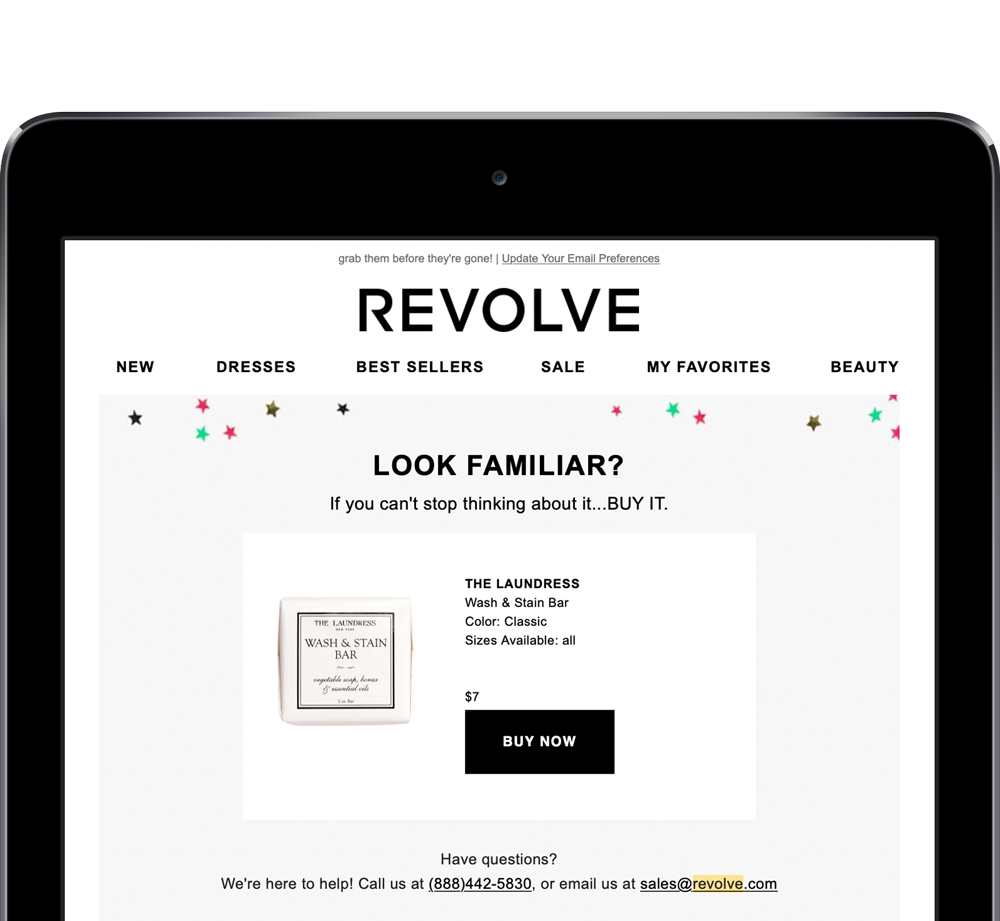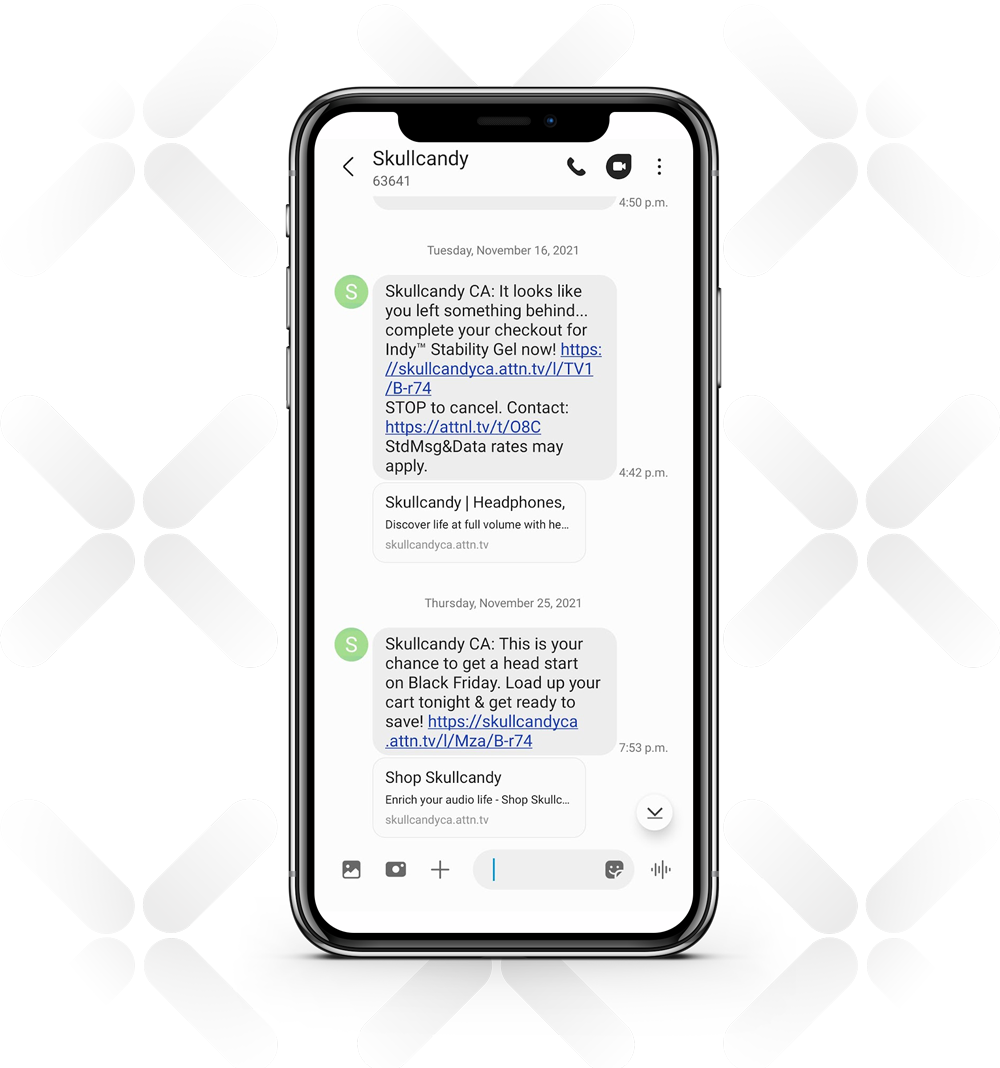EMAIL EXPERIENCE

Abandoned carts and triggered campaigns

Brands often used abandoned cart triggers as a go-to mechanism for short-term sales, but often failed to send much promotional or editorial content along with the email
Be thoughtful when building automated trigger campaigns
Triggered emails are an effective way to prompt action when used thoughtfully. Abandoned shopping carts are a popular trigger for emails that beckon consumers back to finish their order, and most companies used this tactic. Brands often used abandoned cart triggers as a go-to mechanism for short-term sales, but often failed to send much promotional or editorial content along with the email. This restricted approach risks limiting the email's value for the customer. Prompt, don't pester Some companies upped the ante if the consumer didn't respond to their triggered email, escalating with more emails in a sequence. These would often feature more urgent subject lines. Brands sometimes used this to follow up other requests, such as a prompt for a customer review. This approach can work, especially if a brand adds more value in the form of new personalized content or offers in each subsequent email — but there is also a potential downside. Brands that take a sledgehammer approach to triggered abandoned cart campaigns risk irritating and alienating the customer. It's important to monitor the frequency and volume of follow-up emails. Don't overdo it.
EXPERT COMMENTARY:

It's important to test timings of your cart recovery emails and the content you include in them to make sure your campaigns resonate with your customers. Test wait times to find the sweet spot for your email cadences. In some instances, we've seen that a shorter wait time increases conversions and sales uplift. Additionally, mix up your subject lines, layout, and content. Test short and snappy subject lines against name or product personalization, for example.
Deliver extra value
Smart brands will temper their triggered follow-up sequences by adding some form of value. This can include recommending different products that the user might like. Over half (52%) of the brands used some form of triggered re-engagement campaign, while 48% followed up abandoned carts with a non-discount-based campaign. Discounts can be useful in an abandoned cart campaign, but use them when it makes sense. Taking factors such as RFM into account is a winning strategy for prompting sales while keeping revenue opportunities on the table, especially with customers who often buy at full price. When needed, it’s a valuable tool that allows companies to see who is buying what and if discounts will be an advantage to the consumer.
52% of the brands used some form of triggered re-engagement campaign, while 48% followed up abandoned carts with a non-discount-based campaign.



Revolve took a clever one-two punch approach to its shopping cart abandonment campaign. It began with a subject line suggesting that other people were looking at the same product that the user had in their cart, creating social proof. Revolve then highlighted the product in the body of the email, with a clear call to action. They added more value in the form of product recommendations tied to what was in the cart.

What better way to re-engage than by prompting the customer via a timely channel? Skullcandy used SMS text messages to remind users about abandoned carts, along with a link and a clear CTA.

